By Will Marshal, Forge Overland
We have known for a while now that there would be a Raptor variant of Bronco rolling out of Michigan Assembly, but we did not quite know to what extent Bronco Raptor would be following in the footsteps of its benchmark F-150 older brother. Surprisingly, it is both a faithful and accurate reproduction of F-150 Raptor's pedigree and a departure, with the inclusion of some very serious rock crawling chops.
All New
The Bronco Raptor is an all-new thing: It is not a revised version of, really, anything. There are so many changes to the Bronco Raptor, ranging from axle bearings to body reinforcement, that it might as well be a Raptor with a Bronco body slapped on top of it. All that said, we are going to focus on three major takeaways from today’s announcement from Ford on the Bronco Raptor.
1: Raptors Rock
When you have a standard range Bronco, you are forced to make the unhappy decision of whether you want to play in rocks with the disconnecting front sway-bar found on the Badlands package, or go after high-speed desert off-roading in Sport Mode on the Wildtrak. With the Bronco Raptor, the playground disparity ends with position-sensitive Fox 3.1 internal bypass semi-active shocks found on the Gen3 F-150 Raptor, all the while fielding a sway-bar disconnect from the Badlands package.
Further rock enhancements come in the flavor of a raised aluminum front bash plate, and additional drivetrain skid plates and crossmembers. Strength enhancements have been made in the front end for rock gardens –– a revised and fortified steering rack to hold back the stress of those 37" tires and front locker, as well as improvements in the differential splines and differential frame mounting points. A further strength enhancement for admirers of big tires and skinny pedals is an upgraded rear Dana 50 axle.
These suspension and axle changes also come with a width increase of 9.8” overall, pushing this thing into the “getting pretty wide” category: 86.9” across with mirrors extended. To put that into perspective, an F-150 is 95.7” wide, and the magic number that the US Federal Government and DOT say that you need marker lights like on the F-150 Raptor, is a cool 80” wide.
These are all welcome upgrades for speed hunters and rock crawlers alike. Reinforcement means you can play harder, and while the Bronco Raptor might be growing fairly wide, keen observers will note that the unlike the F-150 Raptor, the Bronco Raptor’s body width hasn’t grown –– but its coke bottle figure has. Seasoned rock crawlers will welcome the additional breadth of space afforded by the wider suspension pushing them further away from body-crushing obstacles.
An updated transfer case with heavier duty clutches also features a revised low range of 3.06:1, netting an ever-impressive crawl ratio of 67.7:1 while wearing an industry-leading 37x12.50R17 tire.
2: Three Liters of Towing
The big Bronco power plant, the 2.7L EcoBoost, is not going to be carried over to the Bronco Raptor, nor is the 3.5L H.O. from the F-150 Raptor. Instead, a new 3.0L EcoBoost with a target of over 400 horsepower and a compacted iron graphite block are paired with your Ford standard 10-speed transmission. Big takeaway here is Ford’s announcement of an increased tow rating of 1,000 pounds over the standard Bronco lineup ––Bronco Raptor can pull 4,500 pounds. This a solid increase in capability, as the standard Bronco is fairly lacking in that department. With an increased towing capacity, and even more power on tap –– the Bronco Raptor will be surefooted for towing your favorite adventure trailer or dirt bikes over the Continental Divide without skipping a beat.
3. More Travel than You Can Shake a Stick At
As previously mentioned, the Bronco Raptor might as well be just a F-150 Raptor with a Bronco body slapped on top of it. There are so many suspension revisions and focus points that it is a night-and-day difference from your standard line of Broncos. That same Raptor suspension gives Bronco Raptor some spider-like levels of articulation and ground clearance. With a minimum ground clearance in the rear differential of 13.1”, and 13” of front suspension travel and 14” rear, Bronco Raptor can traverse some pretty gnarly terrain, whether slow or at speed.
On the body, the B and C pillars have been reinforced and strengthened for a 50% increase in torsional rigidity. Ever greater increases of chassis rigidity directly relate to the control and feedback the driver receives from the vehicle at speed, and the functionality of the suspension. The more rigid the platform of the vehicle is, the more punishment and abuse it is able to sustain. Plus, it forces the suspension to do its job to the best of its abilities, by isolating the energy within the suspension itself. Increased chassis rigidity also means an improved operator's experience by having less energy from suspension and tire movements transferred to the cabin.
Final Thoughts
The Bronco Raptor is really lighting a fire under Jeep’s ass. It may not be the direction Jeep has decided to take with the high horsepower Wrangler 392, but it is a fast and ruthless cut at Jeep in an attempt to build the best factory off-roader that has rolled out of the Midwest yet.
The Bronco Raptor checks plenty of boxes for off-roaders who are looking for a lot of modern technology without compromising. High horsepower, big tires, and a race-certified pedigree make a very desirable and fun combination.
What we are looking forward to? The first Bronco Raptors running no flares and 40” MTs, and glass fenders and Baja 39s.
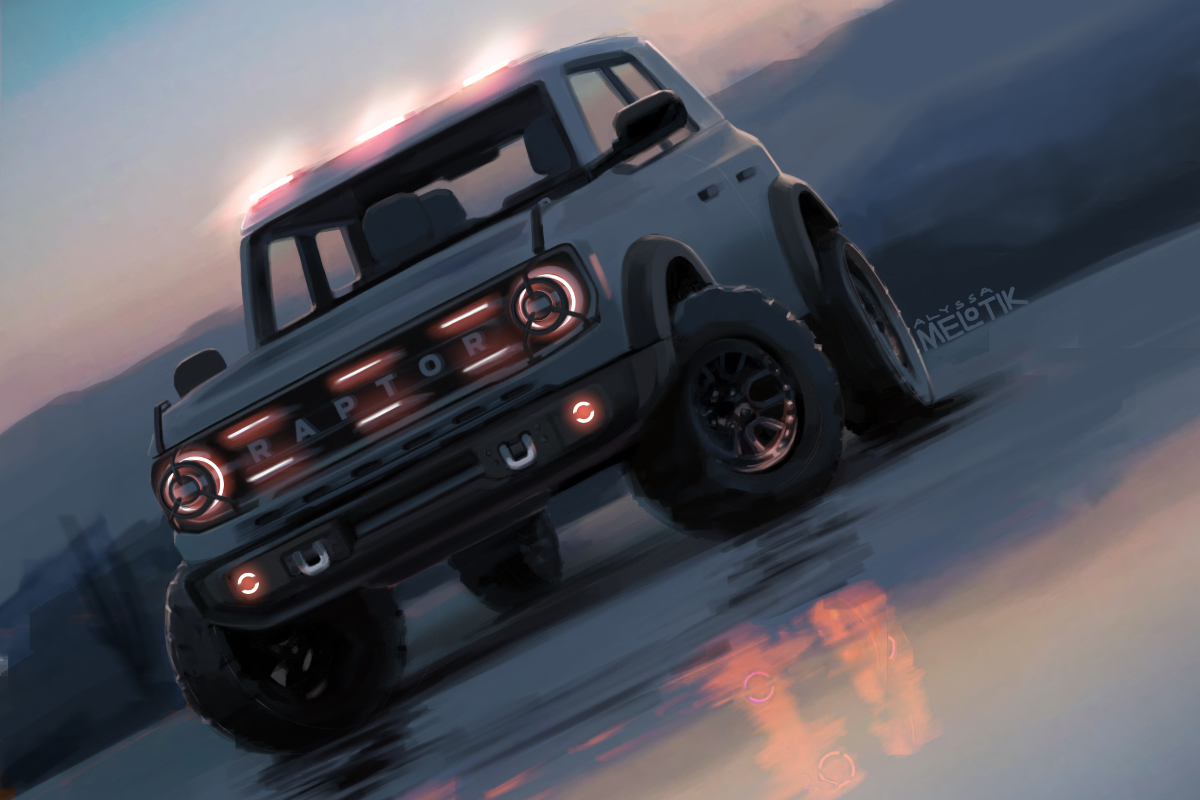

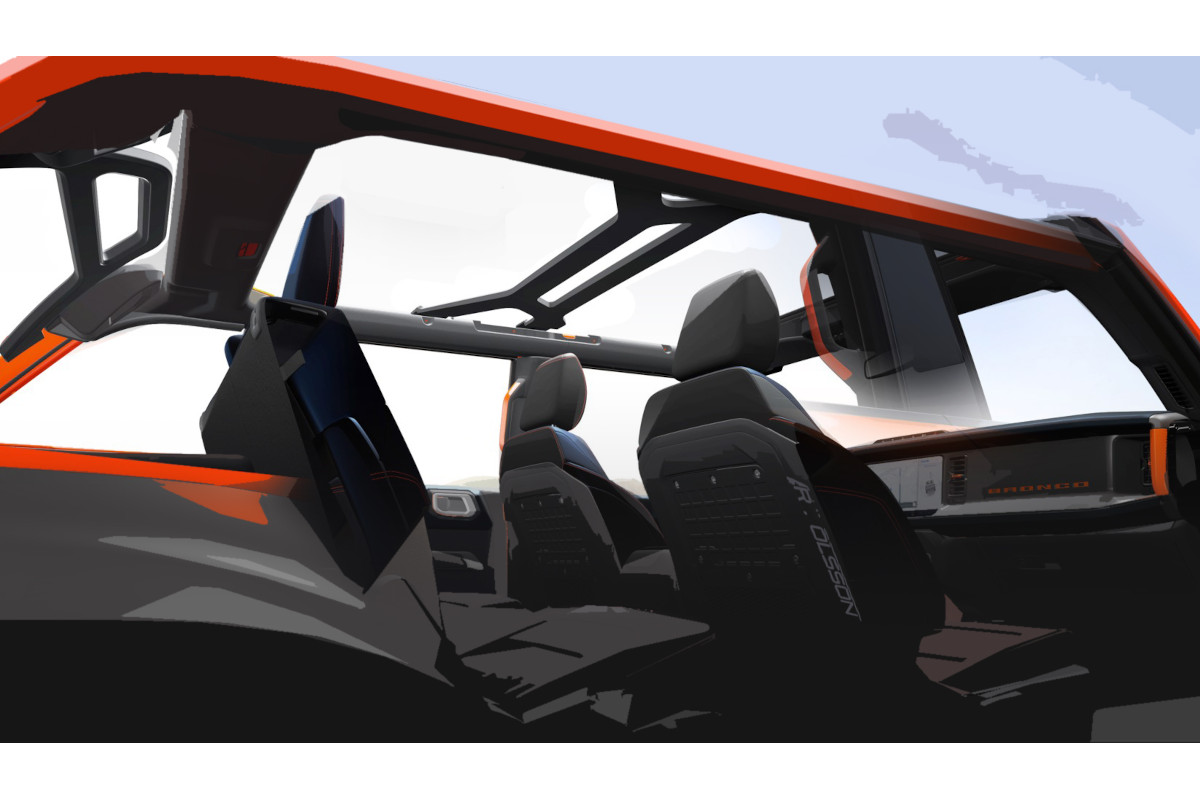
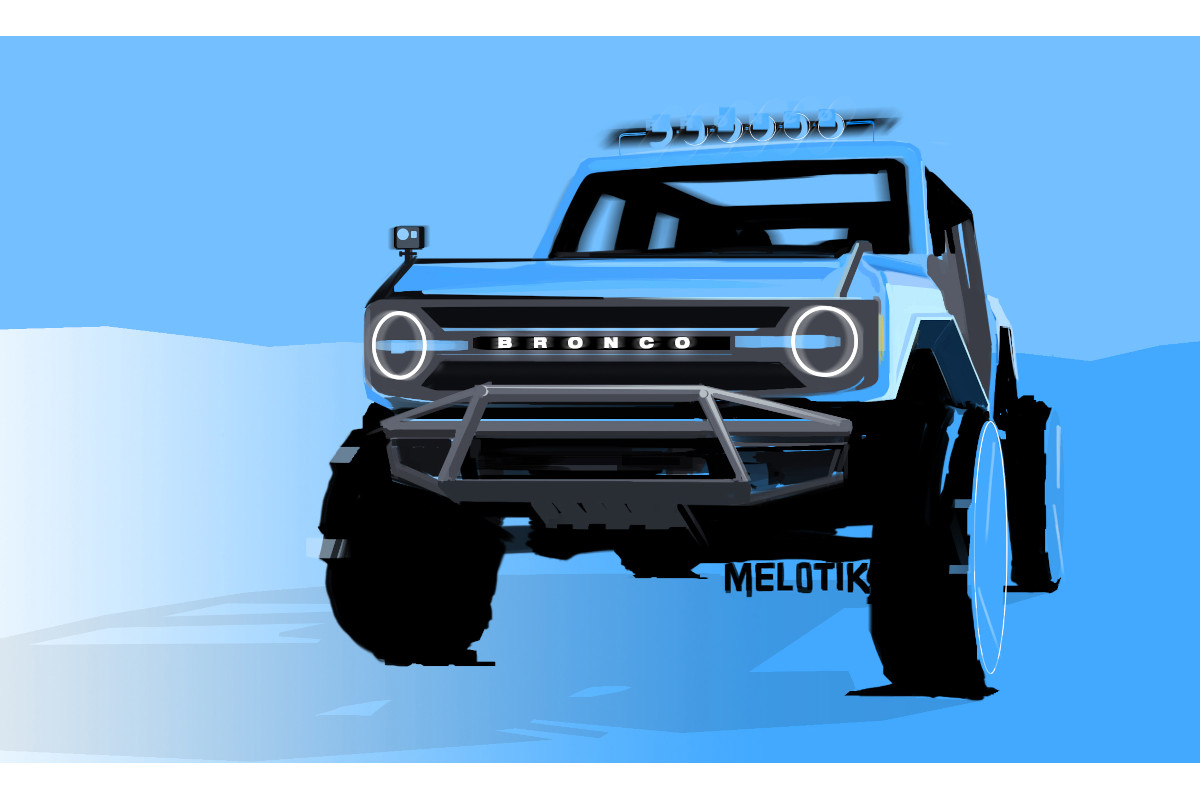
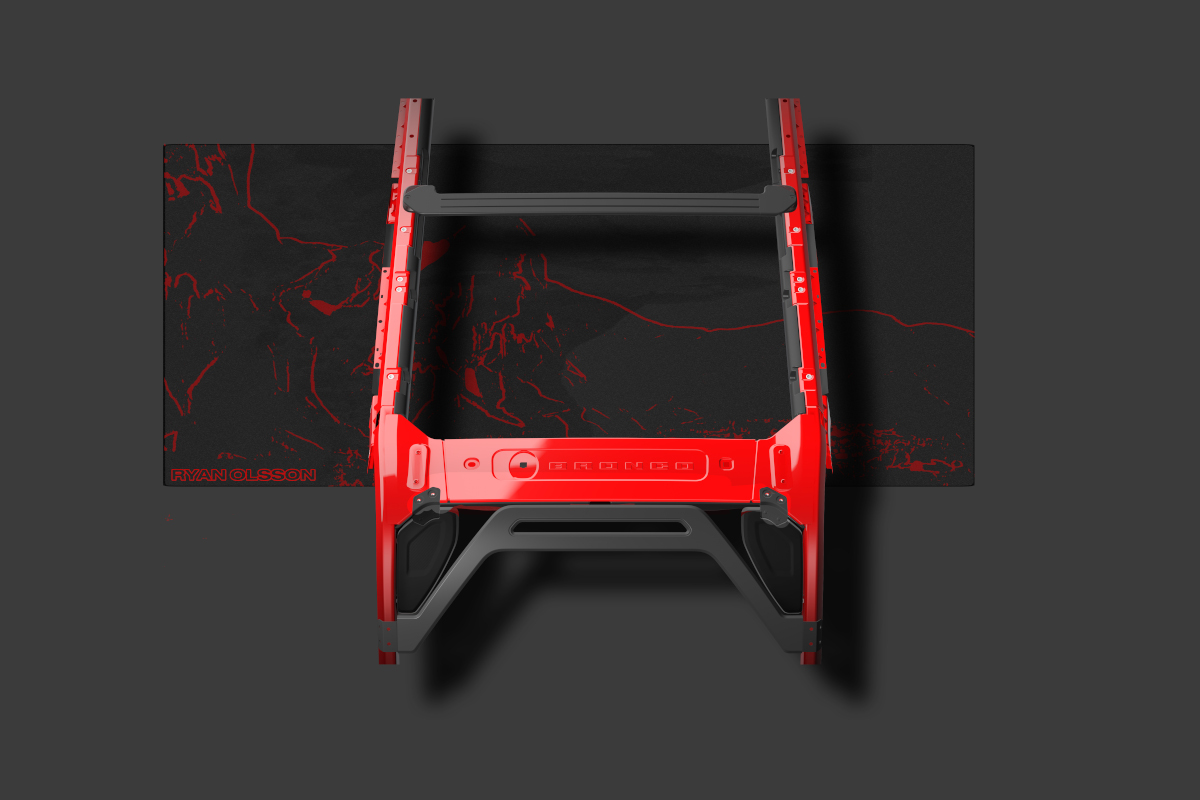

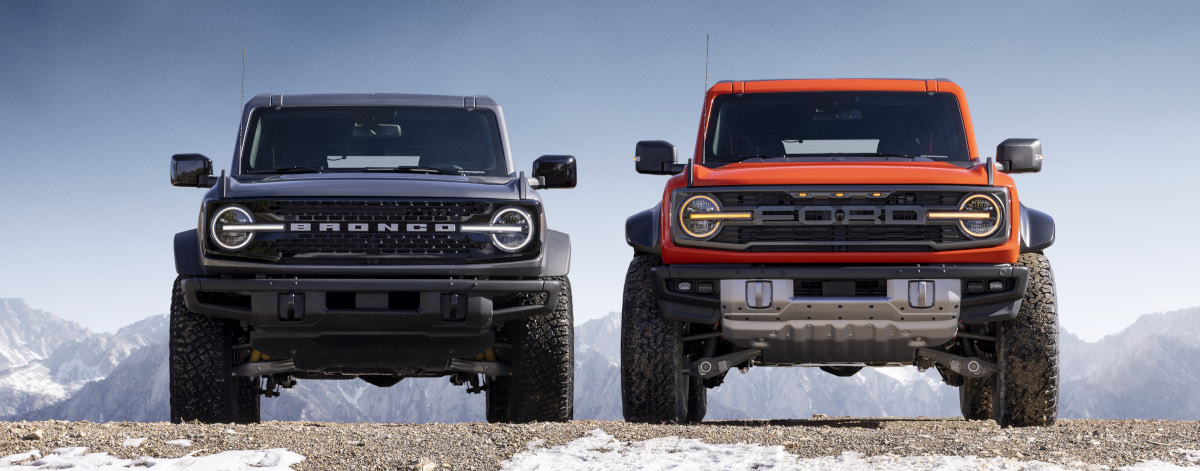
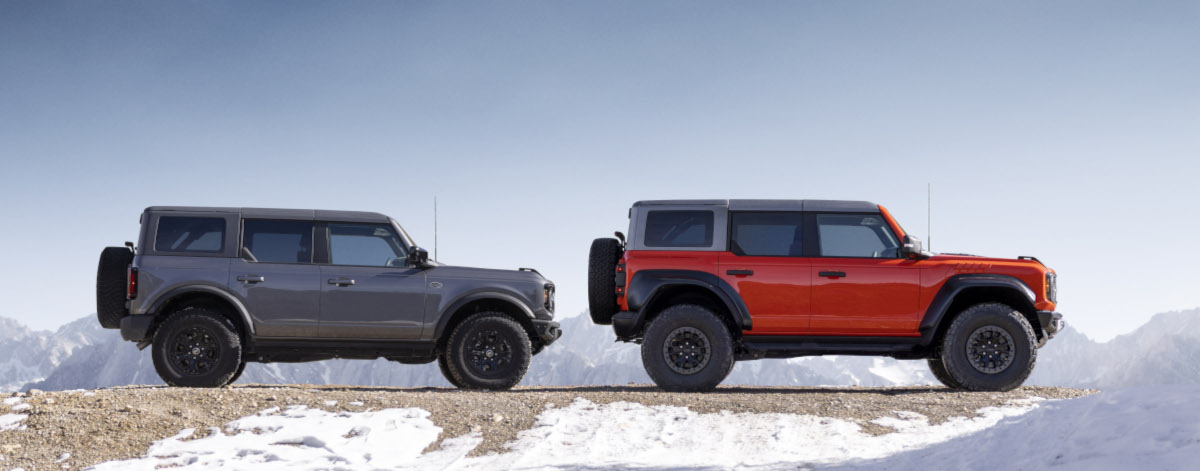
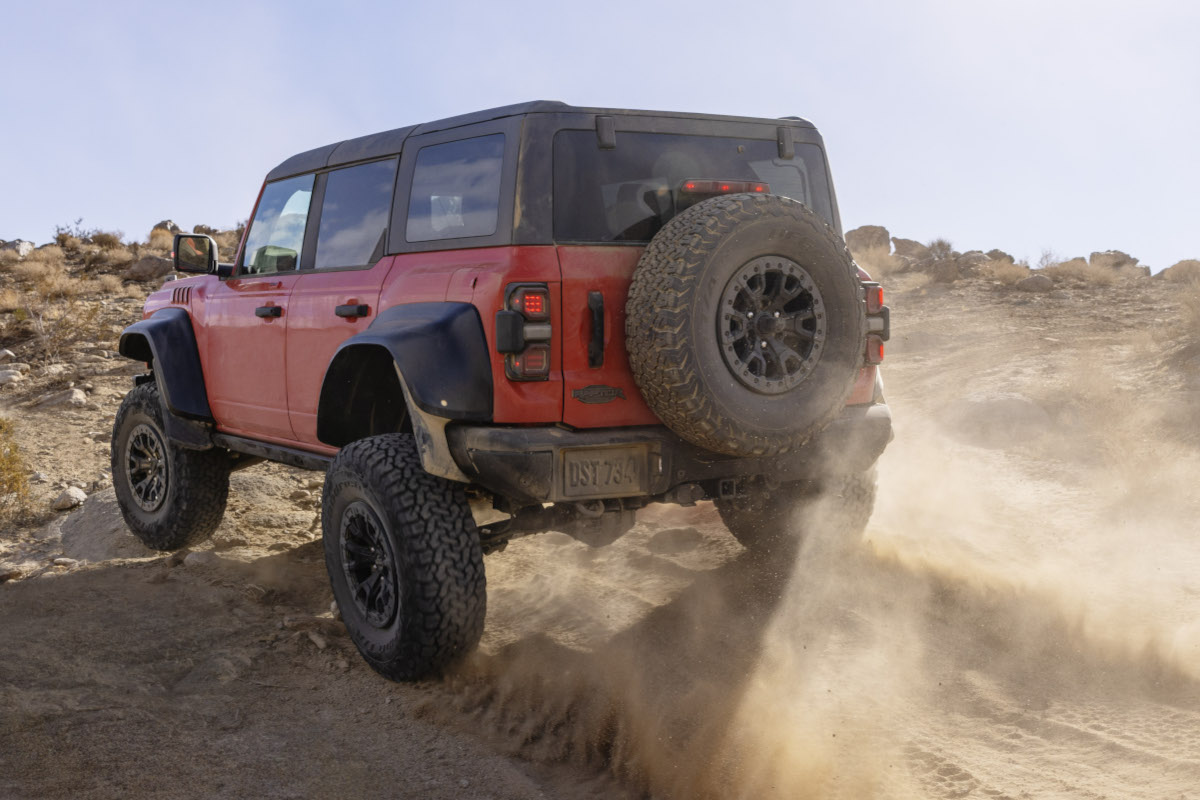
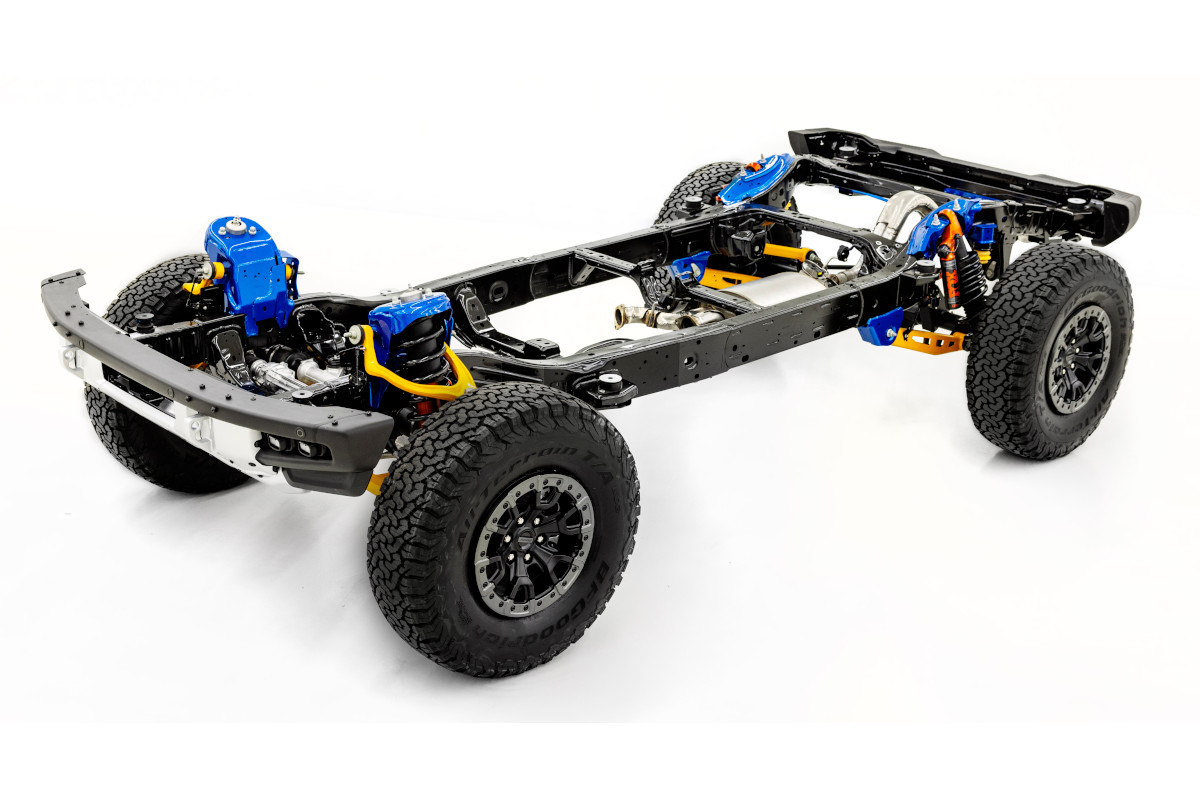
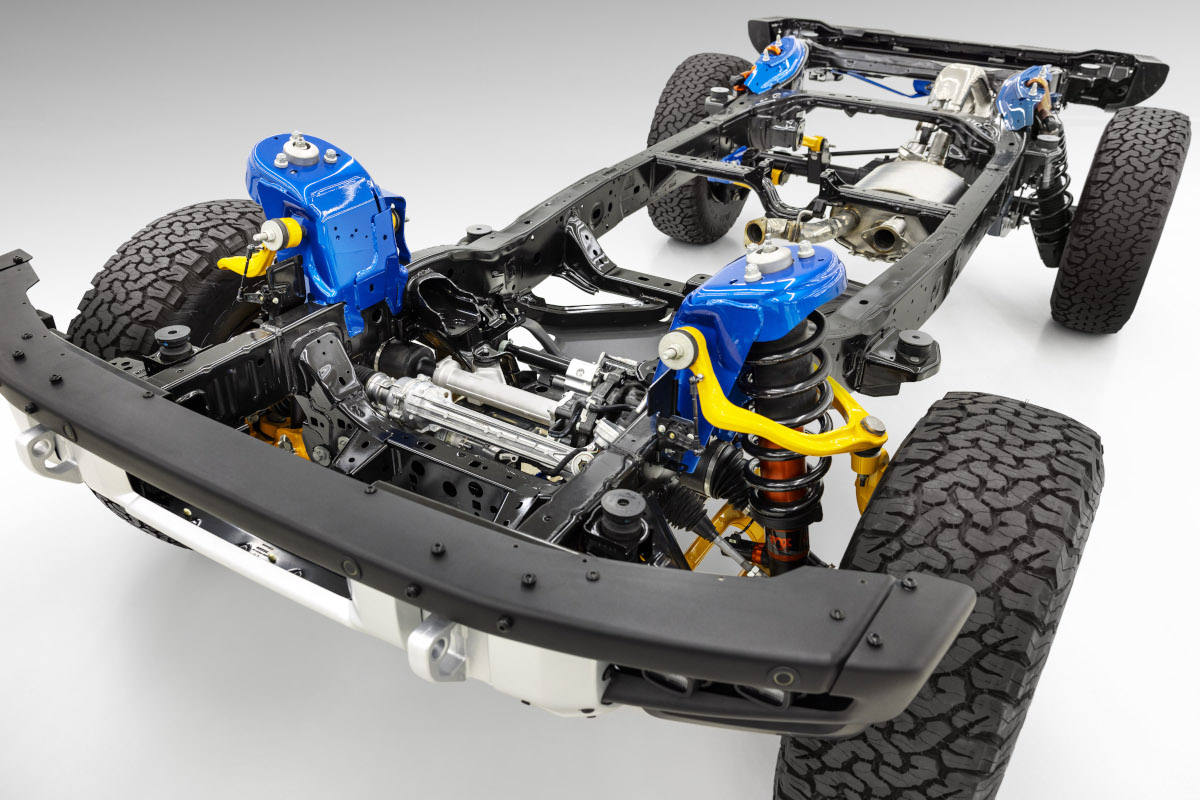
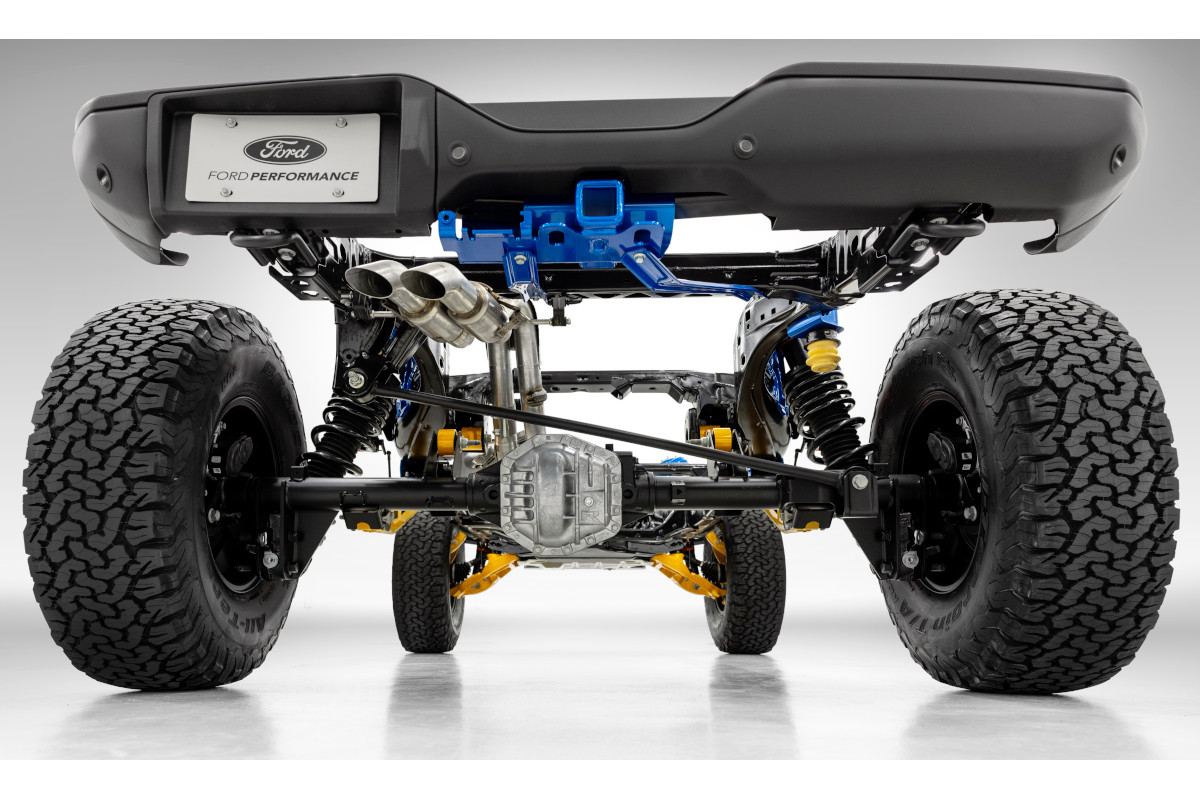
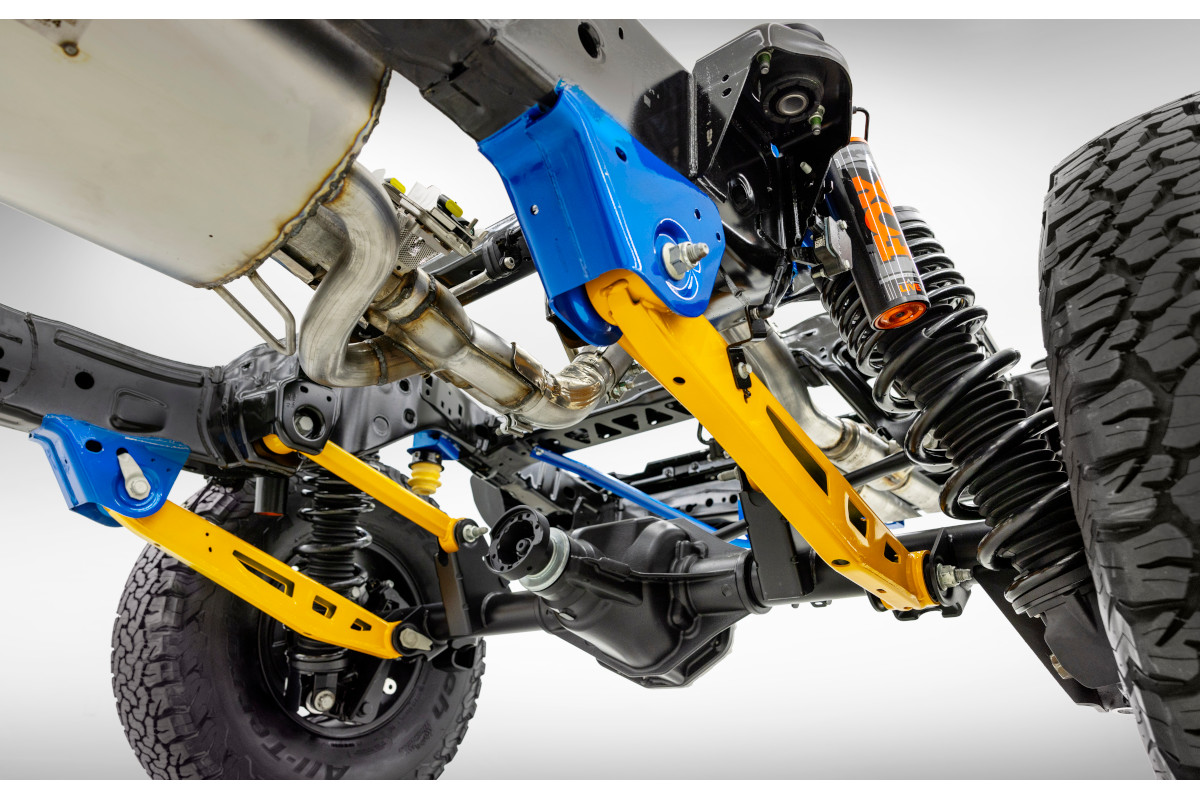
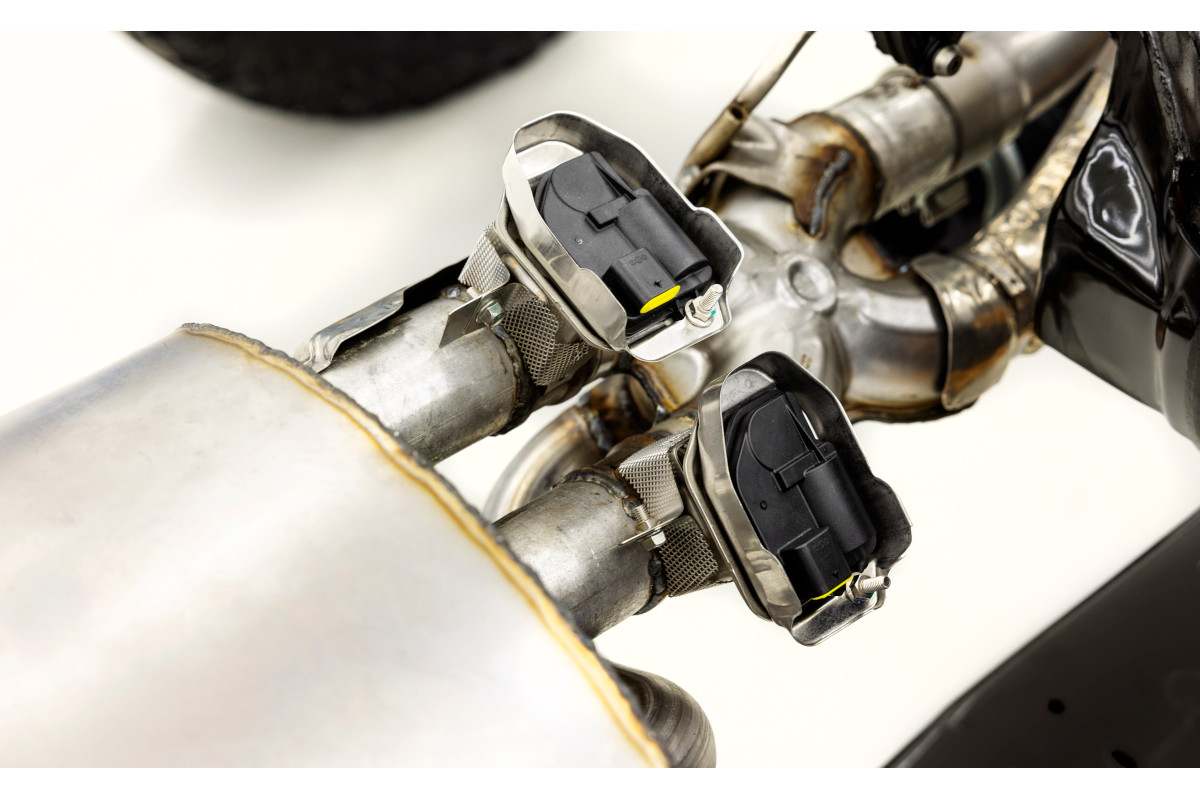
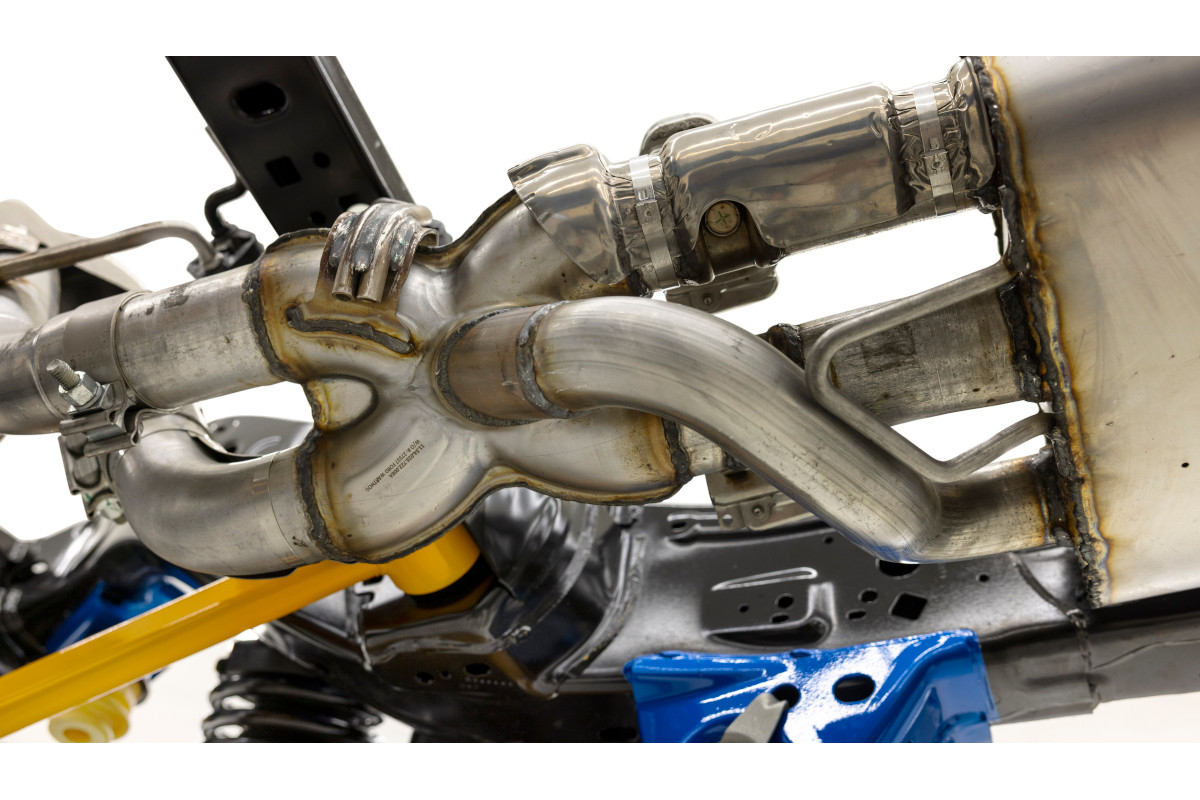


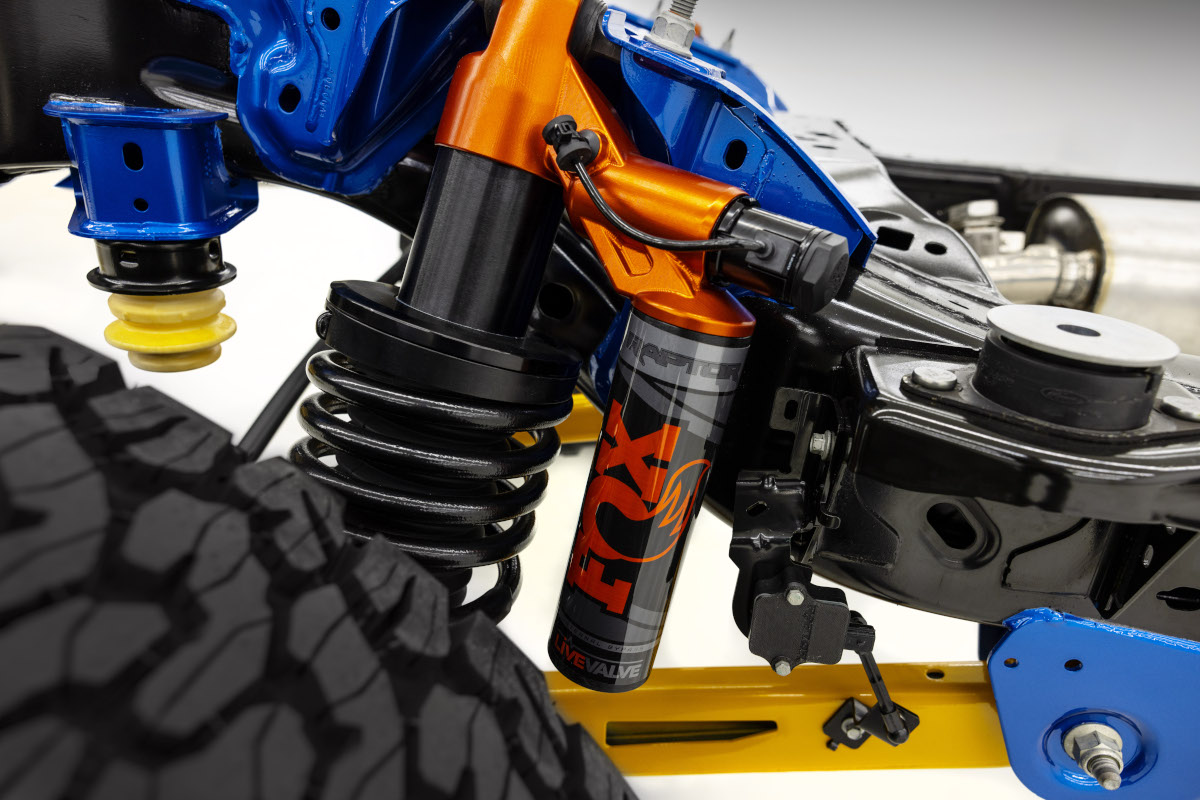
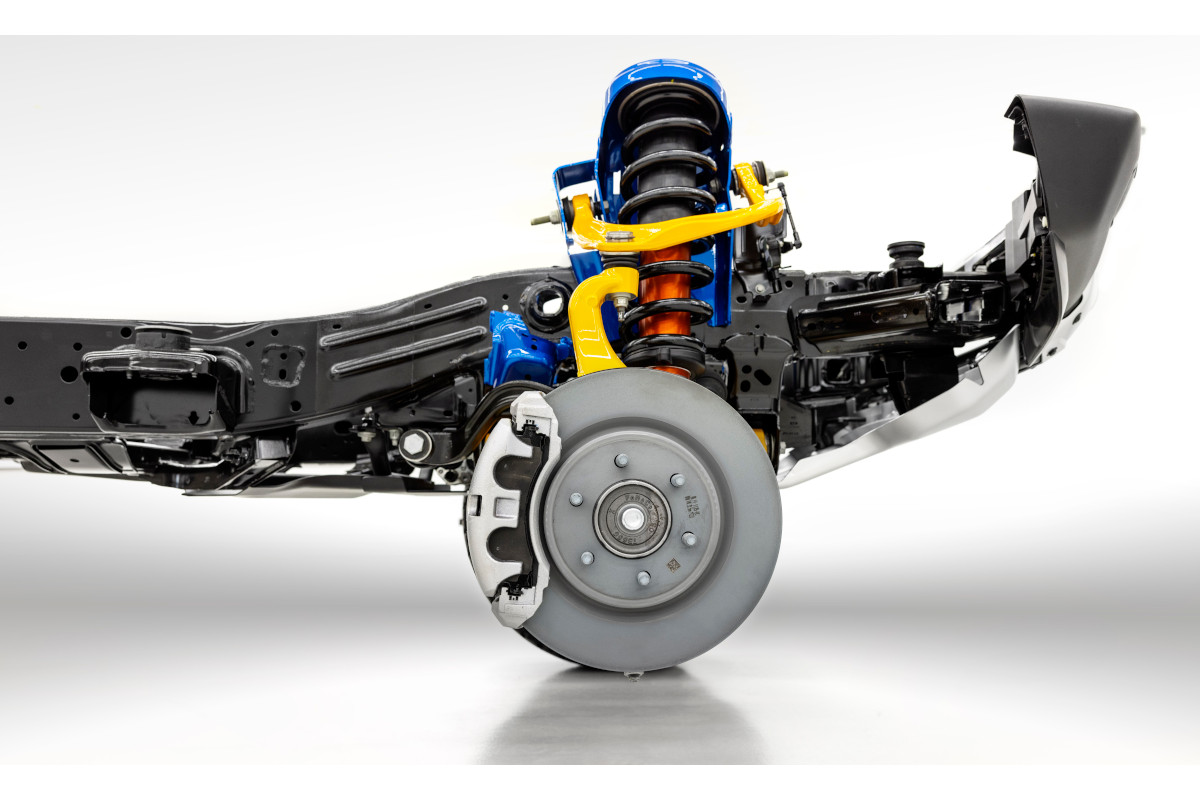
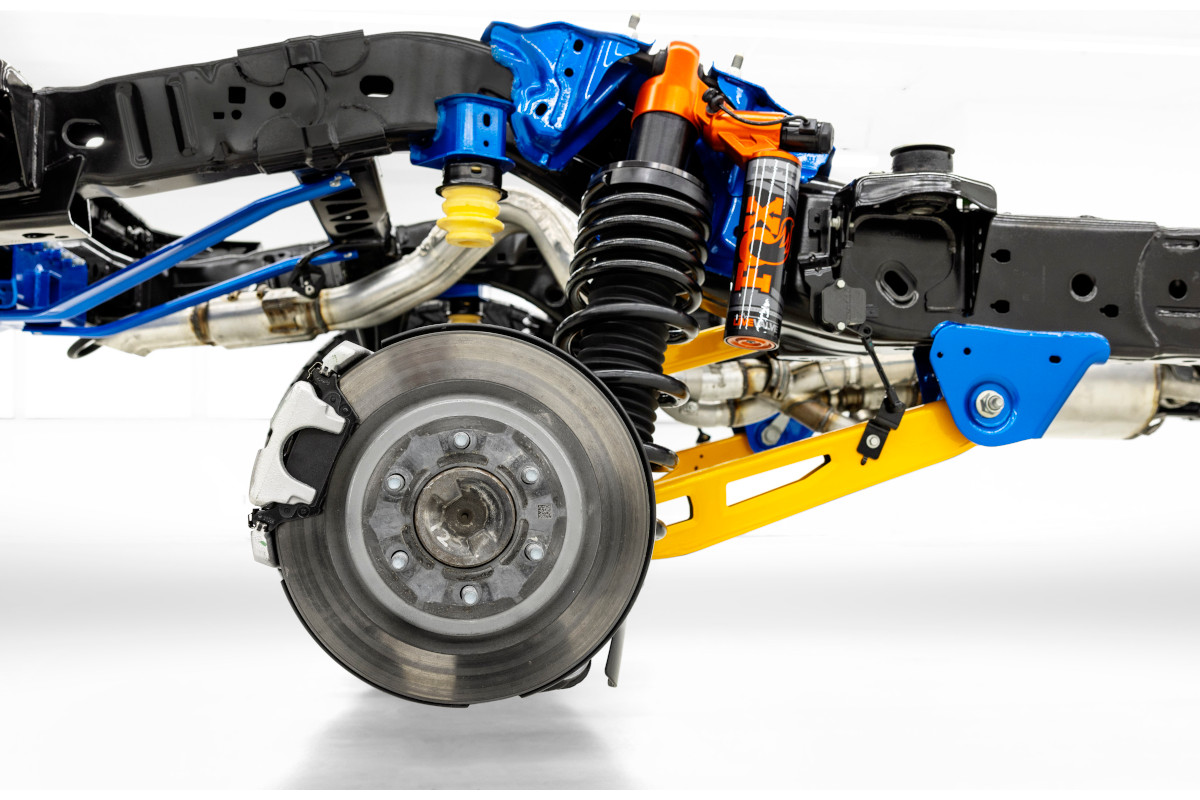
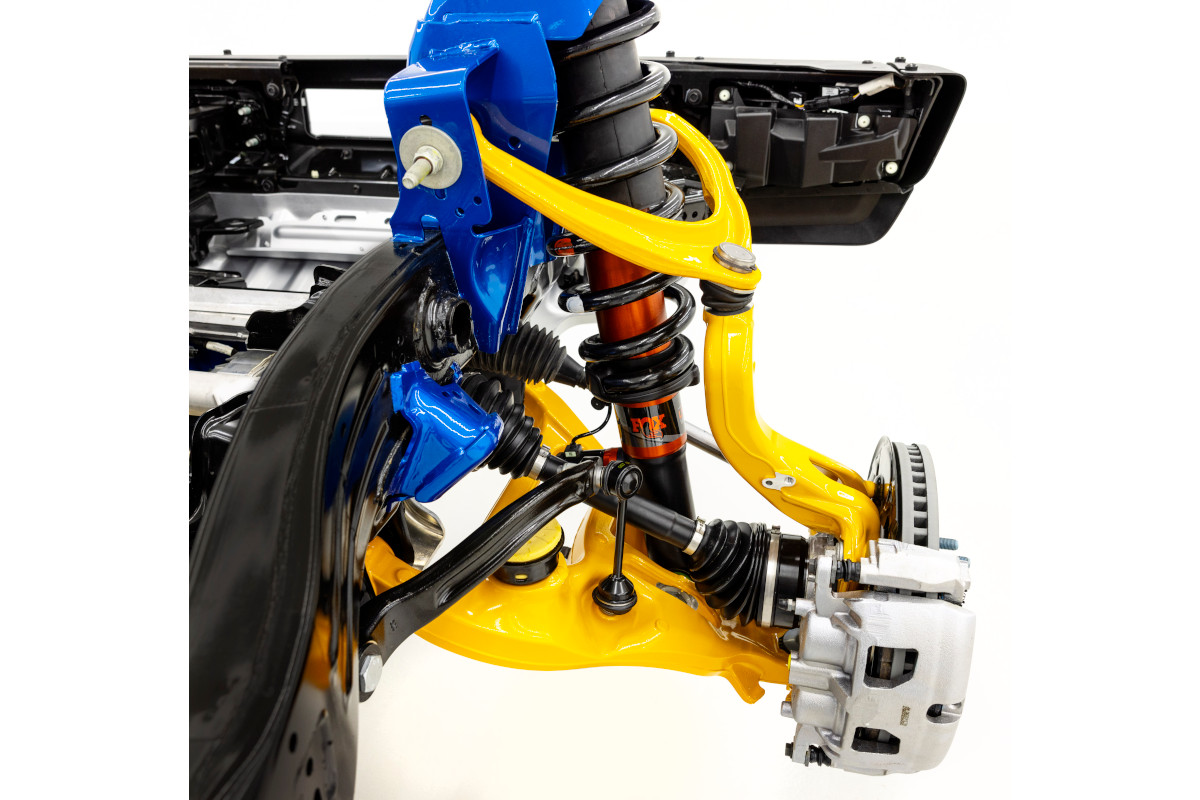


Comments
You must log in or register to post here.